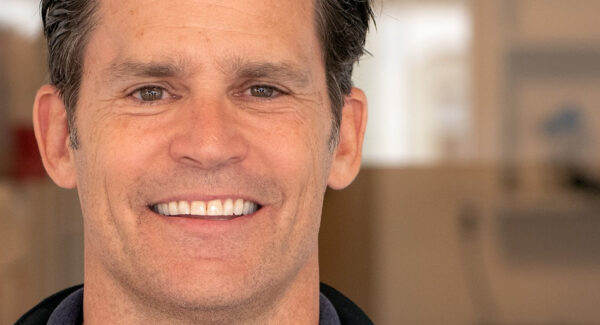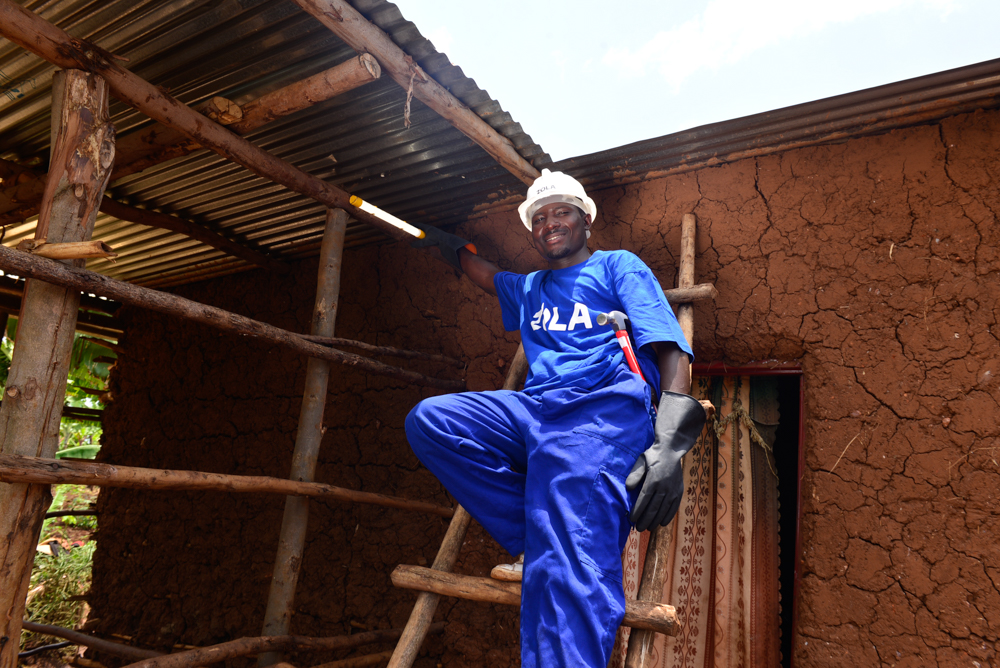As we get closer to the COP28 climate change summit, in the UAE, discussions are once again intensifying about how we can limit global warming. Finding a global solution that is equitable for emerging nations and which drives energy access for the 80 countries that suffer from energy inequality and lack affordable, reliable, and clean energy is mission critical. The way forward is complex and lies in developing and scaling three “services” simultaneously: technology, integration, and finance.

Image: ZOLA Electric
Many emerging markets have ambitious plans. For example, Egypt is aiming for 42% of its energy to come from renewables by 2035, South Africa has targeted 18 GW of renewables generation capacity by 2030, and Nigeria is targeting 30% renewables this decade. Many countries are falling short, however, on the progress required to achieve the UN’s goal of providing universal access to sustainable energy for all within seven-and-a-half years. A key reason is lack of investment in both the necessary technology and in building out the network architecture needed to deploy reliable clean energy networks. One doesn’t just drop a smart battery and solar array into Lebanon and solve the problem. Integration infrastructure such as sales, installation, and service must be coupled with great technology and low-cost finance for end users. This infrastructure takes time, leadership, and money to scale, and we are very early in the evolution of that infrastructure.
Specialization
Until recently, most pioneering solar energy providers – solar home system companies including Zola Electric, Sun King, Mkopa and others – had to build full-stack operations across technology, integration, and finance all at once. As the industry scaled, this attracted other players into the sector that were able to bring specialization, accelerating the growth and maturity of the industry.
One of the main challenges in many emerging markets is reliable access to a central grid. Over the last decade we have seen great progress in distributed energy innovation. We’ve seen the emergence of enterprise technology and hybrid hardware and software solutions enter the market and take distributed energy in emerging markets to the next level. We have seen companies small and large, across all energy-access markets tackle distribution and integration. Recent examples include Total in Nigeria, EDF in Ivory Coast, Econet in South Africa, Haiti Green Solutions, WaHa in Lebanon, and TEPNG in Papua New Guinea.
While there is still more to be done on the technology and integration fronts, finance and investment have today become the biggest impediment to rapid scale. This is where the world must focus, as the capital required to secure renewable energy access for emerging markets is typically found outside the nations adopting such technology.
Energy access
If we are to deliver a distributed energy solution to drive energy access – and I believe that is the only way we will overcome our energy challenge in emerging markets – the question becomes “how can we best finance that?”
Part of the answer is through raising awareness of the immense opportunities available to deploy capital. It has been proven over the last decade that good credit is available to those who need it, even among the most vulnerable. That has been a considerable economic enabler and it is the same reason why energy credit in developed markets is so strong, and has been for a century.
Historically, energy credit was provided through local banks and other finance institutions. Emerging markets, though, lack the capital and sophistication to underwrite trillion-dollar needs. In recent years, however, fintech (financial technology) companies have started to build a digital pipe between investors and borrowers such that distribution and underwriting can be solved much more efficiently.
Popular content
Technology remains the key enabler to integration and finance. It is what will ensure clean, affordable, and reliable energy remains an irresistible proposition to end users and investors. The arrival of new technology is set to transform the energy sector in emerging markets. Take the internet of things as an example. It is the hardware backbone of distributed energy, providing a vital digitally connected framework which enables intelligence and control that can be optimized through machine learning. The potential dividends of mass data aggregation, interpretation, and – ultimately – decision making are huge. This ecosystem can help predict energy demand, optimize energy distribution, and automate energy management – providing huge efficiency gains that can drive down energy costs.
Technology platform
As an example, at Zola Electric we are proud to be pioneering an enterprise technology platform that combines hardware and software in a distributed architecture that fills the white space in the clean energy landscape. Our systems help to replace expensive, polluting energy sources such as diesel or kerosene, driving forward the energy transition while delivering energy access and affordability where it is most needed. Put together, such flexibility and reliability are a game changer.
The scale of the problem in emerging markets can be quantified. More than 3 billion people and hundreds of millions of schools, clinics, and businesses across 80 countries lack access to reliable, affordable, and clean energy. We are committed to developing solutions that not only address energy inequality but do so without compromising sustainability. Previously, there was a choice to be made between reliable, low-cost supply, and sustainable solutions. We can demonstrate that choice no longer exists – irrespective of location. It is now possible to truly make an impact while addressing climate change.
Governments are committed to meeting their sustainable-development and climate goals. Expectations are higher than ever concerning the reliability and cost structure of revenue streams. The investment to develop and install the necessary infrastructure should follow. By doing things differently, we are solving one of the world's great problems and sending a powerful message that sustainable development goals can be met across the world.
About the author: Bill Lenihan oversees engineering, commercial operations, finance, and corporate development as CEO of Zola Electric, which he joined in 2015. He has worked in operations and private equity with Goldman Sachs, Bain & Company; Calera Capital, where he was MD; and as executive VP of international operations at Switch Lighting. He holds a BA cum laude in business and economics from UCLA and an MBA from the Wharton School of the University of Pennsylvania with a dual degree in strategic management and finance.
The views and opinions expressed in this article are the author’s own, and do not necessarily reflect those held by pv magazine.
This content is protected by copyright and may not be reused. If you want to cooperate with us and would like to reuse some of our content, please contact: editors@pv-magazine.com.


By submitting this form you agree to pv magazine using your data for the purposes of publishing your comment.
Your personal data will only be disclosed or otherwise transmitted to third parties for the purposes of spam filtering or if this is necessary for technical maintenance of the website. Any other transfer to third parties will not take place unless this is justified on the basis of applicable data protection regulations or if pv magazine is legally obliged to do so.
You may revoke this consent at any time with effect for the future, in which case your personal data will be deleted immediately. Otherwise, your data will be deleted if pv magazine has processed your request or the purpose of data storage is fulfilled.
Further information on data privacy can be found in our Data Protection Policy.